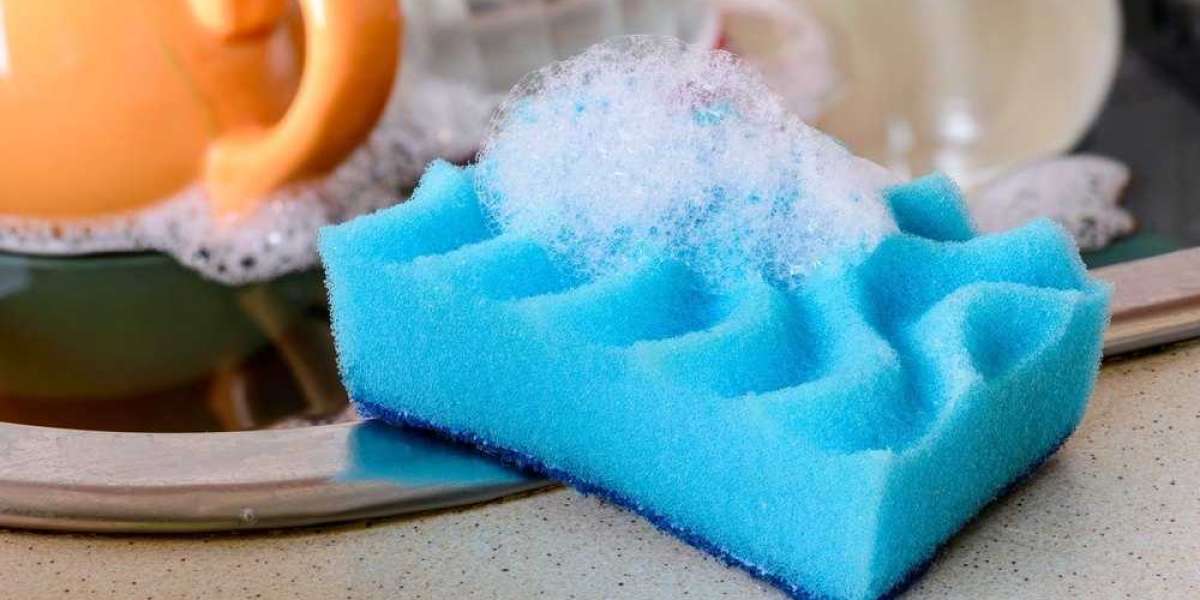Composition and Properties
Gelatin is a protein derived from the partial hydrolysis of collagen, which is the main structural protein in connective tissues such as skin and bones. The production process subjects gelatin to cleansing, disinfection, purification and sterilization to remove potentially infectious agents. The resulting off-white sponge has an open, three-dimensional mesh-like structure with billions of interconnecting pores between 50-300 microns in size. This porous structure allows it to absorb fluids nearly 20 times its dry weight, making it an effective material for controlling bleeding. Gelatin Sponge also swells as it absorbs blood and other fluids, which contributes to its hemostatic effects. Its soft, pliable and non-antigenic properties allow it to be easily applied to bleeding sites without adhesion.
Mechanisms of Hemostasis with It
There are three main mechanisms by which it achieves hemostasis: mechanical tamponade, activation of platelets, and stimulation of coagulation factors. Due to its porous structure, it can absorb fluids and swell to several times its dry size upon contact with bleeding sites. This physically blocks blood vessels and compresses them to stem the flow of blood, providing mechanical tamponade. It also activates platelets upon contact, causing them to change shape and release chemical signals that attract other platelets to the area. The activated platelets aggregate to form a clot. Furthermore, gelatin contains trace amounts of factor XIII which stimulates the final stage of coagulation by cross-linking fibrin strands to reinforce clots. The combination of these hemostatic effects allows it to quickly control bleeding.
Get more insights on - Gelatin Sponge
Explore More Related Article on - Compound Management Market














